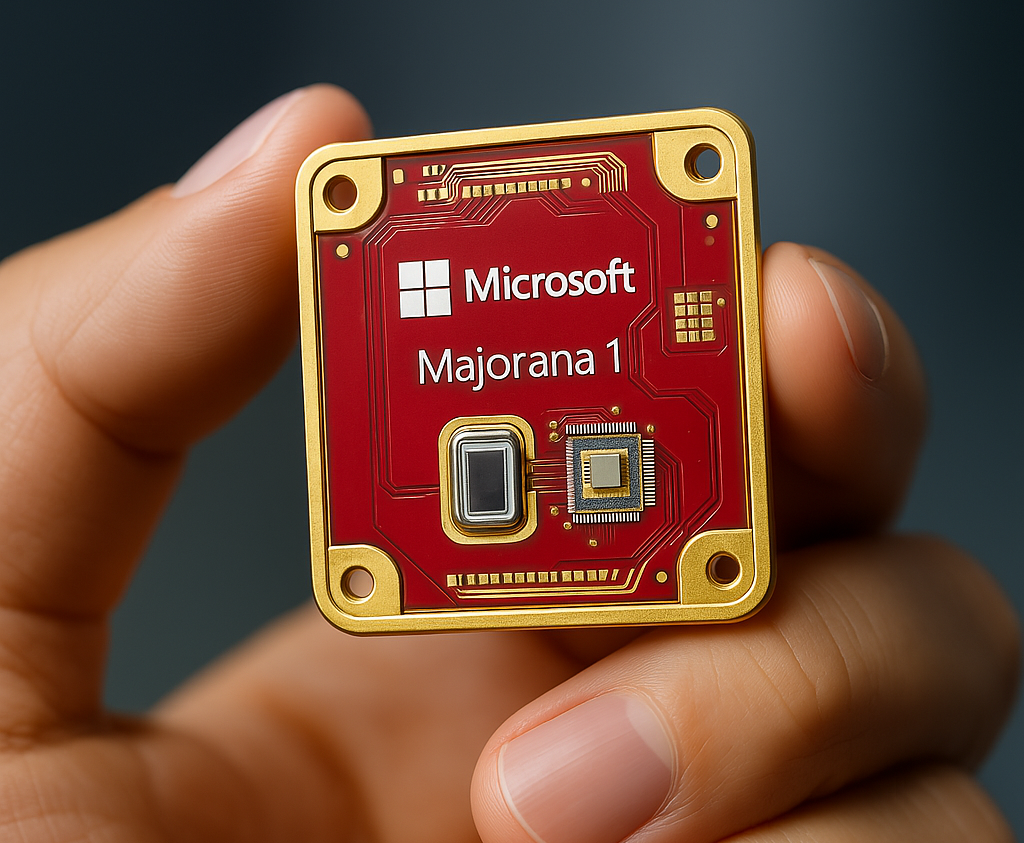
INTRODUCTION TO NANOTECHNOLOGY
“Nano” is a Greek term that means “dwarf”, From here, we can derive the meaning of the term nanotechnology, which means the technology dealing with particles at a very small level. One nanometer (nm) is one billionth, or 10−9, of a meter. To make it more practical, take the example of marble and compare it with the Earth, that is the difference between one nanometer and one meter.
At this size, materials often behave differently, and quantum effects come into play. Quantum mechanics governs the behavior of particles at the nanoscale, leading to fascinating properties that are not observed in bulk materials. At the nanoscale level, materials show different physical, chemical, and optical properties as compared to their bulk state. One of the main benefits of nanotechnology is that it increases surface area and allows more atoms to react with materials.
TYPES OF NANOTECHNOLOGY
- Nano optics
- Nanorobtics
- Nanomedicine
- Nanoenergy
- Nanomaterials
- Nanoelectronics
Application OF NANOTECHNOLOGY
There are a number of applications for nanoparticles and nanotechnology, from constructing strong materials to curing deadly diseases. Let’s understand some of its applications in brief.
This is going to be one of the most revolutionary technologies in the field of medical science. Researchers are creating tiny nanorobots that can swim through our bloodstream and deliver specific medications to problematic locations. Faster recovery and fewer side effects result from this targeted medicine delivery. Imagine a day in the future where cancer therapies are less painful and more effective. Using this technology, we can specifically target damaged tissue, cells, or problem-causing cancer cells.
Construction and other sectors are being revolutionized by nanomaterials. We create stronger-than-ever products by adding nanoparticle reinforcement to materials. This strength of nanoparticles is due to their size, which provides them with more surface area, which helps more atoms interact with the material. We can create safer flights, strong structures, and even more effective vehicles with light weight. this is the future of nanotechnology.
Today, climatic conditions are one of the main concerns to worry about, Scientists and researchers are trying to find ways to produce energy that don’t affect the environment severely. One such idea is solar panels that are more effective at catching sunlight and turning it into clean energy, Researchers are employing nanomaterials. Apart from this, we’re getting batteries that last longer, charge faster, and power our gadgets more efficiently; these also include nanotechnologies in their fabrication. This might pave the way for a time when renewable energy is widely used to fight climate change and protect the environment for future generations.
NANOTECHNOLOGY PRODUCTS
Here are some innovative products that use nanoparticles to enhance there capabilities.
- Sunscreen lotions with added nanoparticles are now available on the market. Two types of nanoparticles are commonly used: titanium dioxide and zinc oxide. These particles are very effective at blocking UV radiation.
- Nanocoating of surfaces and automobile paint’s shine get degraded with time; nanoparticles embedded surface coatings offer more durability, shine, water repellency, and scratch resistance.
- Nanofiltration: these filters are fabricated using nanomembranes and have pore sizes of 1–10 nanometers. It has a useful application in water purification, milk production, and juice production. Nanofiltration membranes are used for water softening or the removal of calcium and magnesium ions from water. It is also effective in removing viruses.
- Nano-enhanced electronics include nanoscale transistors, semiconductors, and processors used in electronic devices such as smartphones, smartwatches, and laptops, leading to faster and more efficient smart devices.
- Quantum-dots display: this type of display uses semiconductor nanocrystals, which are semiconductor particles of a few nanometers in size, usually 2–10 nanometers, and have different optical and electronic properties as compared to those of larger particles as a result of quantum mechanics. It is generally composed of materials like cadmium selenide or indium phosphide.
FREQUENTLY ASKED QUESTIONS
Q1. Is nanotechnology safe for humans?
A1. Nanoparticles are very small in size, which raises concern about their potential harm if they come into contact, inhalation, or consumption. This may also affect the ecosystem.
Q2. What are carbon nanotubes and how they are formed?
A2. CNTs are cylindrical, large molecules consisting of a hexagonal arrangement of hybridized carbon atoms. SWCNTs (single-walled CNTs) formed by rolling up a single sheet of graphene. MWCNTs (multiwalled CNTs) formed by rolling up multiple sheets of graphene.




